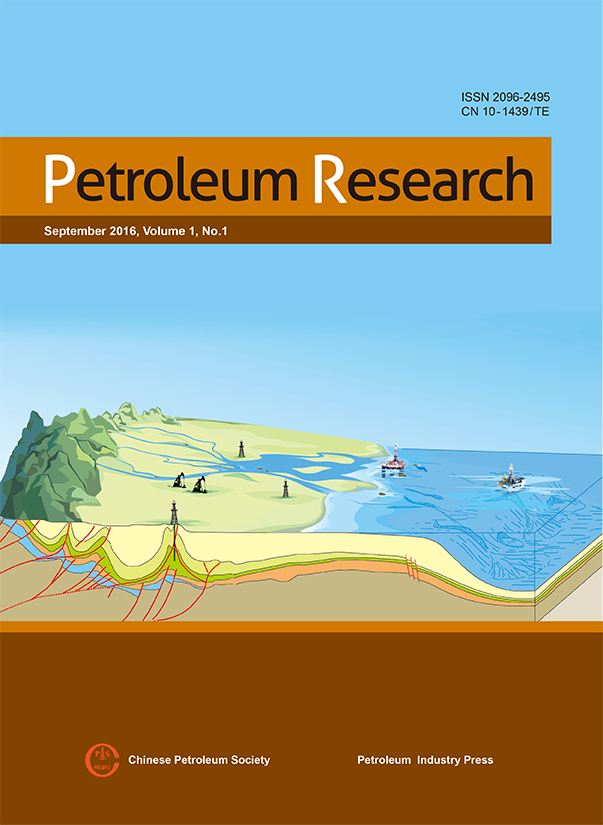Submarine landslides, relationship with BSRs in the Dongsha area of South China Sea
Li Wan1,2, Xinghe Yu1*, Tyson Steve2 , Shunli Li1,3, Zenggui Kuang4 , Zhibin Sha4 , Jinqiang Liang4 and Yulin He1,4
1School of Energy Resources, China University of Geosciences, Beijing 100083, China
2 School of Earth Sciences, University of Queensland, St Lucia 4067, Australia
3 College of Geosciences, China University of Petroleum, Beijing 102249, China
4 Guangzhou Marine Geology Survey, Guangzhou 510760, China
Received February 4, 2016; Accepted August 1, 2016
Gas hydrate samples were first obtained in the Dongsha area, South China Sea (GMGS2) in 2013. High-resolution 3D seismic data in the area show various small landslide bodies developed as huge mass transport deposits. These bodies are divided into seven types on the basis of their shapes, internal structures and geneses (slide, collapse and deformation above BSRs, as well as the slump wedge, lens, block and sheet below BSRs). Based on this classification, detailed studies were conducted, including measurements of the slump body sizes and slope gradients of landslides, depiction of their three-dimensional characteristics, and research on the landslide distribution. To determine the genetic differences of these seven types, this study analyses the possibility of vertical flow-pattern-transformation and mechanisms of submarine landslide formation. Results show that the dominant factor influencing the submarine landslides in the Dongsha area is the free gas emitted from gas hydrate decomposition, with possible transformation between flow patterns. Finally, there are two kinds of relationships between submarine landslides and BSRs since the free gas either influences the submarine landslide bodies below or above BSRs, resulting in two types of submarine landslide body associations: Type A is characterized by submarine slide above BSRs and slump lens below BSRs, whereas Type B shows deformation above BSRs and slump blocks below BSRs. Type A is favourable for gas exploration because it indicates less decomposition and better sealing of gas hydrate layers.
CITE:

Supervised by
China Association for Science and Technology
Sponsored by
Chinese Petroleum Society
Petroleum Industry Press Co., LTD
Edited by
Editorial office of Petroleum Research
No 6 Liupukang Street, Xicheng District
Beijing, 100724, China
Published by
Petroleum Industry Press Co., LTD.,
No 1 Building, Block 2, Andingmenwai Street,
Beijing, 100011, China
Editor-in-Chief Jia Chengzao
Deputy Editor-in-Chief Liu Keyu
ISSN 2096-2459CN 10-1439/TE

